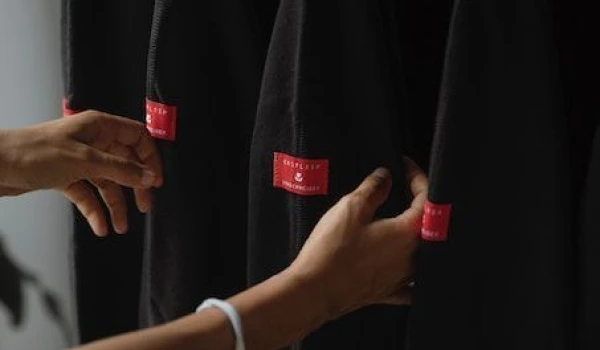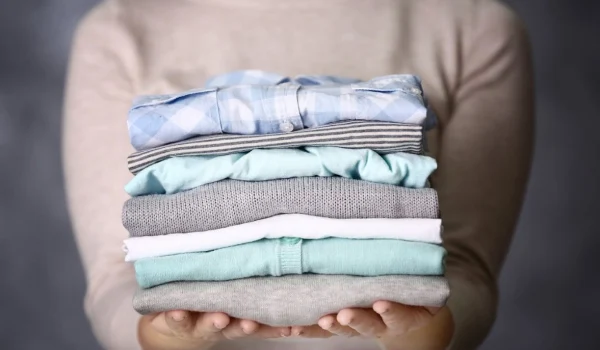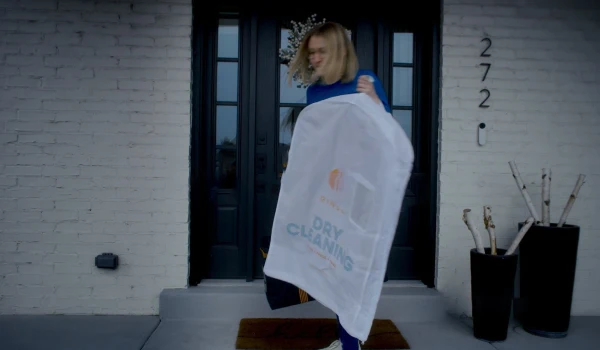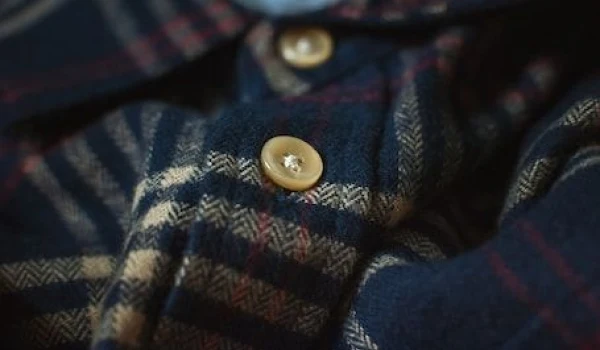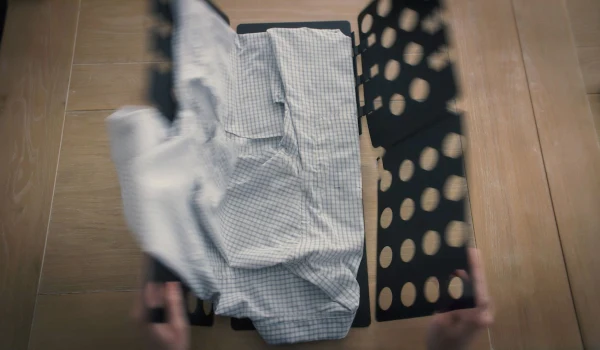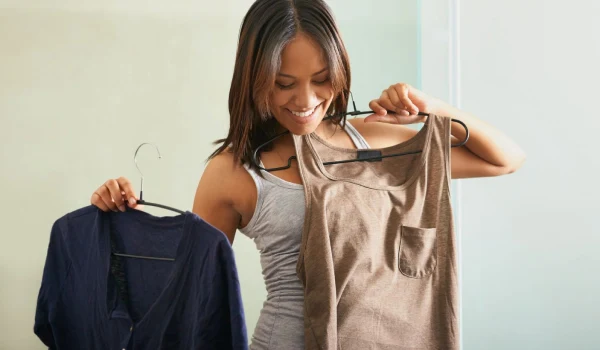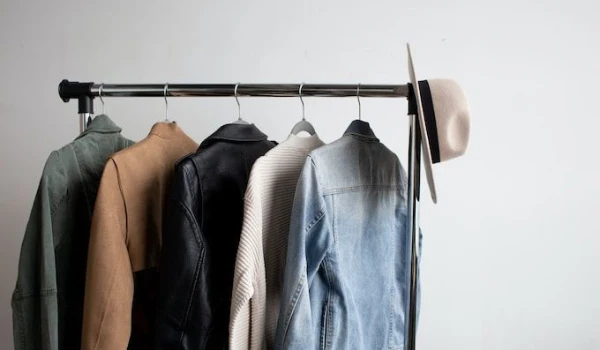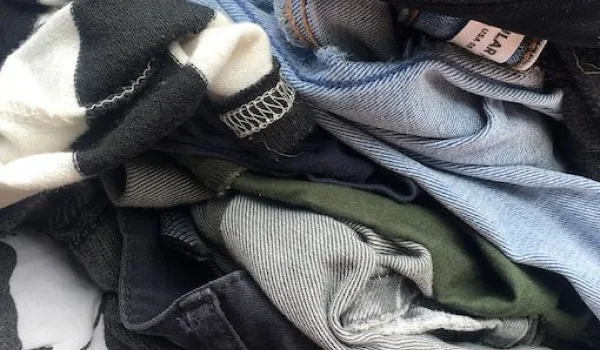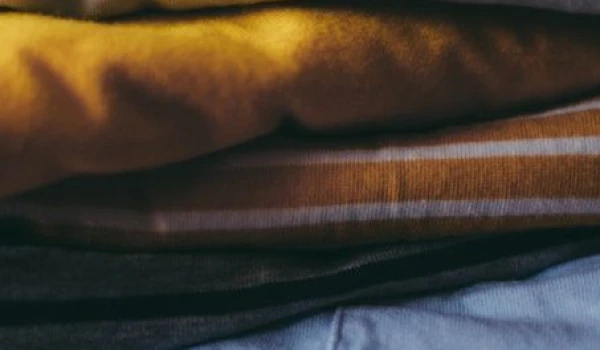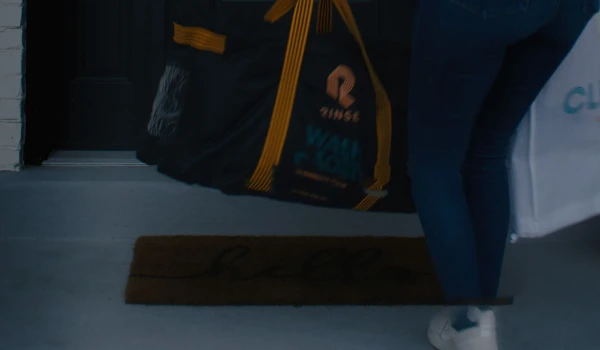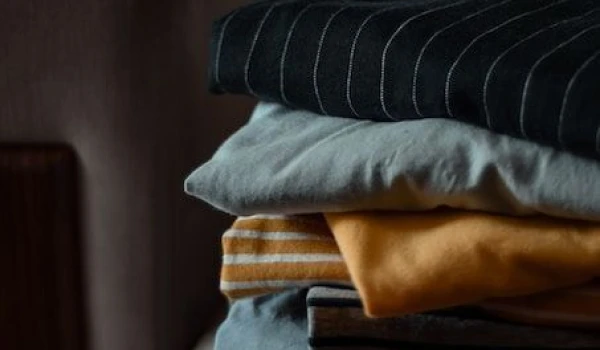Introduction
When it comes to keeping your clothes looking their best, the debate between using a garment steamer and a clothes iron is a common one. Both tools serve a similar purpose—removing wrinkles and ensuring that your garments look sharp—but their strengths and weaknesses vary depending on the fabric and the situation. Understanding when to use each tool will help you extend the life of your clothing and streamline your garment care routine.
Whether you’re using a handheld steamer for a quick touch-up or a traditional clothes iron on an iron board for more precise pressing, the right tool can make all the difference. In this guide, we’ll walk you through the pros and cons of both steamers and irons, and show you how to use each effectively.

When to Choose a Steamer
A garment steamer can be a real game changer, especially for delicate fabrics and casual wear. While an iron requires direct contact with the fabric, steamers work by gently loosening wrinkles using vapor, which can be beneficial for certain types of garments.
Pros of a Steamer
-
Gentler on Delicate Fabrics: One of the biggest advantages of a fabric steamer is how gentle it is on sensitive materials. It’s ideal for delicates such as silk, chiffon, lace, and even cashmere. The absence of direct heat contact reduces the risk of burning or scorching your garments.
-
Ease of Use: A handheld steamer is simple to operate. With a water tank that heats up quickly, it’s perfect for refreshing clothes in a matter of minutes. Plus, the upright design eliminates the need for an iron board, making it incredibly convenient for those with limited space.
-
Quick Wrinkle Removal: Steamers excel at quickly and efficiently removing wrinkles from fabrics, especially on lightweight materials like t-shirts, blouses, and casual trousers. A few passes with the handheld steamer and you’re good to go.
-
Versatility: Beyond just clothing, fabric steamers are highly versatile. You can use them to remove wrinkles from curtains, upholstery, and even bedding. This flexibility makes them a valuable tool in any household.
-
No Ironing Board Needed: Because you can steam clothes while they’re hanging, there’s no need for a bulky iron board. This can make your garment care routine quicker and more efficient, especially when dealing with larger items like jackets or dresses.
Cons of a Steamer
-
Not Ideal for Heavy Wrinkles: While a steamer is great for casual, lightweight fabrics, it may not perform as well on heavy garments like thick wool or linen, which tend to hold deeper creases. An iron is often better for heavy wrinkles.
-
Not as Effective on Certain Fabrics: Some fabrics, such as starched cotton or suede, don’t respond well to steam. For these materials, a clothes iron is usually the better choice.
-
Potential Water Spots: If not used correctly, steamers can leave water spots on garments, especially darker fabrics. To avoid this, it’s essential to use distilled water and hold the steamer at a safe distance from the fabric.
How to Steam
Using a garment steamer is straightforward, but following the correct steps ensures you get the best results:
-
Fill the Water Tank: Start by filling the water tank with distilled water. This helps prevent mineral buildup and ensures your steamer functions optimally.
-
Preheat the Steamer: Turn on the steamer and give it a couple of minutes to heat up. You’ll know it’s ready when steam starts to emit from the nozzle.
-
Hang the Garment: Place your garment on a hanger. For delicate fabrics, keep the steamer a few inches away to avoid leaving water spots.
-
Steam the Garment: Run the steamer vertically along the wrinkles, allowing the steam to penetrate the fabric and relax the fibers. Always keep the steamer moving to avoid concentrating heat in one spot.
-
Let It Dry: After steaming, let the garment hang for a few minutes to fully dry before wearing or storing.

When to Choose an Iron
When you need sharp creases or have to tackle deeply wrinkled, heavier fabrics, a clothes iron becomes the better option. Irons work by applying both heat and pressure, which is more effective for certain fabric types.
Pros of an Iron
-
Precision in Removing Tough Wrinkles: For hard-to-remove wrinkles, especially on fabrics like linen, denim, and starched cotton, an iron is your best friend. The combination of heat and pressure makes it perfect for achieving a crisp, polished look.
-
Versatility with Various Fabrics: A steam iron can handle a wide range of fabrics, from silk to wool to denim, provided you adjust the heat setting accordingly. Many irons also come with additional features like a steam burst or spray function for extra wrinkle-fighting power.
-
Creating Pleats and Crisp Lines: An iron is essential for creating sharp creases, pleats, and folds, particularly on dress pants and shirts. If you’re after a crisp, professional finish, ironing is the way to go.
-
Effectiveness with Heavy Fabrics: For heavy garments like coats, jackets, and thick trousers, an iron is far more effective than a steamer. The added pressure of the iron ensures deeper wrinkles are flattened out.
Cons of an Iron
-
Risk of Fabric Damage: One of the main drawbacks of ironing is the potential to scorch or burn delicate fabrics if you’re not careful with the heat settings. Always check the garment label for fabric care instructions to avoid this.
-
Requires an Ironing Board: Unlike a handheld steamer, using an iron necessitates an iron board, which can be cumbersome and requires extra space.
-
More Time-Consuming: Ironing can be more time-consuming than steaming, especially if you’re working with multiple garments that need to be repositioned several times.
-
Risk of Shiny Marks: Applying too much pressure on certain fabrics can result in shiny marks, particularly on darker or synthetic materials. Be cautious and use a pressing cloth when necessary.
How to Use an Iron
Follow these steps to ensure perfect results when ironing:
-
Set the Temperature: Adjust the iron to the appropriate temperature based on the fabric. Delicates like silk require low heat, while heavier fabrics like cotton can handle higher temperatures.
-
Fill the Water Tank: If using a steam iron, fill the water tank with distilled water to prevent mineral buildup.
-
Ironing Technique: Place the garment on the iron board, smoothing out any bunches or folds. Start with smaller areas like collars and sleeves before moving on to larger sections.
-
Use Steam: For stubborn wrinkles, engage the steam function. The moisture will help relax the fibers, making it easier to smooth out the fabric.
-
Avoid Shiny Marks: Keep the iron moving and avoid applying too much pressure in one spot to prevent shiny marks on dark or synthetic fabrics.

Clothing Care Made Simple: Trust Rinse for Your Garments’ Best Care
At Rinse, we understand how crucial proper garment care is. Whenever your clothes need to come back wrinkle free and crisply pressed, our laundry and dry-cleaning services have you covered.
Our expert team uses the best equipment, ensuring your garments look their finest, and we offer convenient pick-up and delivery, saving you time and effort. Whether it’s removing wrinkles from your delicate silk blouse or giving your wool suit the perfect press, Rinse is your go-to for all your laundry needs.
Experience the best in garment care today! Try Rinse and keep your wardrobe looking sharp and fresh with minimal effort.
Fore more helpful tips, read our articles on on proper garment care, how to decode laundry symbols, and how to read clothing labels.
Contact us at Rinse today to see our skill in action.

Have laundry or dry cleaning to do?
Rinse picks up, cleans and delivers 7 days a week. Amazingly awesome. Ridiculously simple.



